Dear Employment Specialist,
After being laid off from my Inside Sales job, and struggling to find another suitable job in my field, I went to JVS Toronto to get help. With the help of my JVS Employment Counsellor, I have now finished preparing my resume, and have begun to work on my LinkedIn profile. My Counsellor recommended that I simply cut and paste my resume into the LinkedIn profile, but when I looked through other profiles of people in my field, I noticed that many people have profiles that are very different from what they might have on a resume.
I noticed that their LinkedIn profiles were often longer, and some seemed more casual and personal than a resume should. I’m confused now: should my resume just be an online version of my resume?
Thanks,
Signed: Need Help with my Profile (NWP)
Dear NWP,
That’s a question that I often hear from my clients. Your Employment Counsellor is correct: when preparing your LinkedIn profile, it helps to have a well written, spell checked and proof read resume from which to cut and paste. But, as I see it, that’s only your first step — once you have inserted the jobs, education and summary from your resume to your LinkedIn profile, you have an opportunity to add so much more valuable information about yourself. The goal of this is to make you stand out to employers as not just suited for the job, but as an interesting, impressive and likable person.
Think of your resume as your brochure, or self-marketing document: it’s brief (no more than two pages long), and written in concise, simple, and formal language (without first person pronouns). Your resume goes back no further than 10 years. It also is supposed to be adapted to each job to which you apply.
Your LinkedIn profile, however, is quite different. It is a living, dynamic record of you and your career. LinkedIn provides you with a chance to tell your story using a range of media (text, slideshows, photos, documents, websites and video). It is supposed to be more a personal description of you — it includes your photo, an opportunity to share your personal interests or passions, and to share your activities.
As a job seeker who is sending out resumes to potential employers, make sure that your LinkedIn profile reveals something new about you. You want them to be impressed by who you are and your personality, in addition to your expertise and professional background.
Here are some other features of your LinkedIn profile that distinguish it from your resume:
- Work history: LinkedIn allows for longer, more detailed work history than the standard 10 year span of a resume. If you have good, worthwhile experience that goes back more than 10 years, share it on LinkedIn. There are no space restrictions and age should be less of a concern, since employers can see your photo anyway.
- Summary: your LinkedIn Summary is an opportunity to introduce yourself, explain your history and give potential employers an opportunity to learn about what makes you unique. It can be less formal and more wordy than a resume profile — just make sure that the tone is appropriate for your industry.
- Personal interests: while employers are not really interested in reading about your personal interests and hobbies on your resume, LinkedIn does offer space to list some of your interests. Choose what you share carefully, of course. Think about what your choices tell the employer about you. Consider listing interests that your potential employer might have in common with you.
Start off with cutting and pasting your summary/profile, jobs, and education into your LinkedIn profile. Next, consider whether you want to add other jobs that you might have left off your resume. Check out the LinkedIn profiles of other professionals in your field to help you figure out the best tone and style for your profile, and set out to inspire and impress your next employer.
Best wishes for your job search!



Leave a Reply